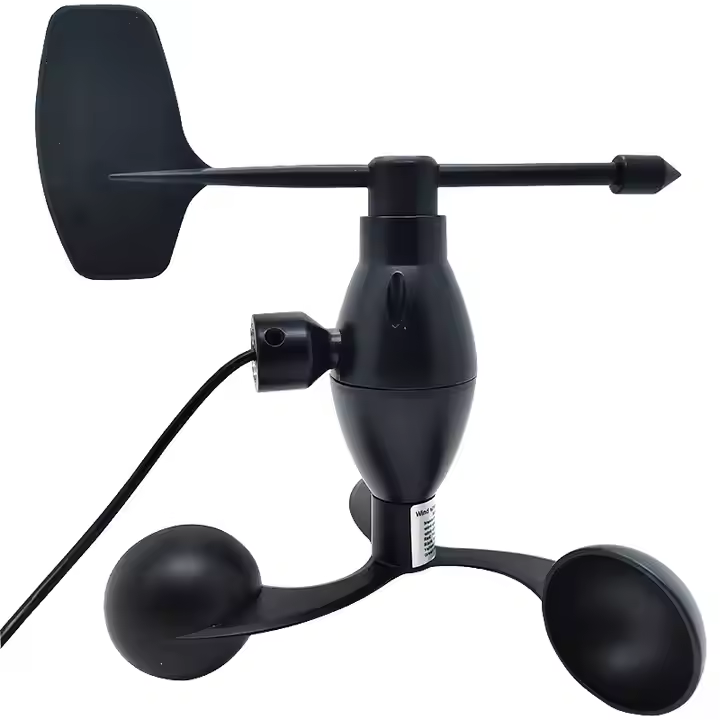With climate change and frequent extreme weather events, the advancement of meteorological monitoring technology is particularly important. Recently, a domestic high-tech enterprise announced the successful development of a new wind speed and direction sensor. The sensor uses advanced sensing technology and data processing algorithms, which will provide more accurate and reliable meteorological data for multiple fields such as meteorological monitoring, navigation, aviation and wind energy.
1. Features of the new sensor
This new wind speed and direction sensor adopts innovative multi-point measurement technology in its design, which can monitor wind speed and wind direction in real time at the same time. The sensor is equipped with a highly sensitive speed measuring device, which can maintain high accuracy under extreme weather conditions. In addition, its built-in data processing chip can quickly analyze and filter noise to ensure that the collected data is accurate and reliable.
2. Wide range of applications
The application range of wind speed and direction sensors is quite wide. For the meteorological department, this sensor will significantly improve the accuracy of weather forecasts, especially in meteorological disaster monitoring and early warning. For fields such as marine navigation and air transportation, wind speed and direction data are crucial, and it can provide a guarantee for navigation safety. At the same time, in the field of wind power generation, accurate wind speed information will help optimize the layout of wind farms and improve power generation efficiency.
3. Field testing and feedback
Recently, the new sensor has performed well in field tests conducted at multiple meteorological monitoring stations and wind power plants. Test data show that its wind speed measurement error is less than 1%, which greatly exceeds the performance of traditional sensors. Meteorological experts and engineers highly recognize it and believe that this technology will promote the international competitiveness of China’s meteorological monitoring equipment.
4. Vision of the R&D team
The R&D team said that they hope to further promote the development of meteorological science and technology through the promotion and application of this sensor. They plan to combine artificial intelligence technology in future products to improve data analysis capabilities, realize automated meteorological monitoring and intelligent early warning services, and thus provide more comprehensive meteorological solutions for various industries.
5. Impact on climate research
Meteorological research has always relied on high-quality data support. The widespread application of new wind speed and direction sensors will provide important basic data for the construction of climate models and climate change research. Scientists believe that this will help to better understand the changes in wind energy resources and other climate phenomena, and provide a specific scientific basis for responding to global climate change.
6. Social recognition and expectations
All sectors of society have expressed their expectations for this technological breakthrough. Environmental protection organizations and meteorologists pointed out that accurate wind speed and direction data can not only improve the accuracy of weather forecasts, but also provide a reliable basis for the development and utilization of renewable energy, and help achieve sustainable development goals.
Conclusion
The launch of the new wind speed and direction sensor marks a major advancement in meteorological monitoring technology. Its high precision and multifunctional characteristics will have a far-reaching impact on many fields. With the continuous iteration and application of technology, future meteorological monitoring will be more intelligent and precise, providing strong support for us to cope with the challenges of climate change.
Post time: Dec-31-2024


